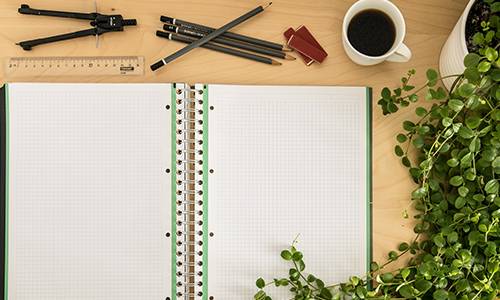

Logo is the most important brand identifier. It is important to invest enough time into its creation and that can take up to several days or even several months.
Many do not realise the amount of time and effort necessary to create a strong brand and its visual identity, mostly its logo. Clients are often stunned when they discover the price of designing a logo (let’s just say that one logo costs more than a dinner in an expensive restaurant). Most professional designers agree on one thing: logo takes a lot of time, research, thinking, skills and effort. Designing a logo is a process that lasts hours, not minutes.
How much time it takes to design a logo? There is only one answer – it depends. The reason for this is the fact that designers creating logos have different processes, and different processes entail different time frames. However, most of them follow some of these principles:
Simplicity
Is the design simple and pure enough to be flexible and easily recognisable?
Recognition
Is the logo quickly recognisable?
Timelessness
Will logo be modern in 10, 20 or even 50 years?
Functionality
Does the logo represent good quality and size ratio? Will it function in different sizes without losing quality? Will it function in application on different media and in different context?
Appropriateness
Does the logo communicate with the desired audience?
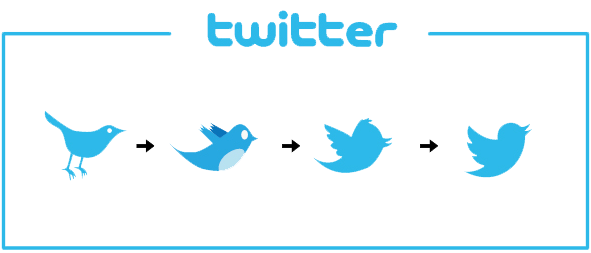
This is the process I follow when designing a logo. Every designer of course has their own specific creative process. This is not imperative.
Step 1: Meeting with the client
First step is meeting the client. Who better to explain their vision and wishes than ones ordering the logo. It is desirable for the first meeting to be face to face and not just over the phone or e-mail. Furthermore, it is desirable to obtain as many information possible on what the client exactly wants. If he does not know what he wants, you should help him define this immediately in phase one. Meet your clients – this will always speed up the process of obtaining the final visual. It often happens that clients do not give a lot of information or cannot find words for what they actually want. This is why the designer is here, to communicate and question everything in order to get as many important information as possible.
Step 2: Research
You should research the company for which you are designing the logo. Study its products, services, target group, market and talk to the clients about their vision ie. business goals. Also pay attention to the competition – how to be prominent and different.
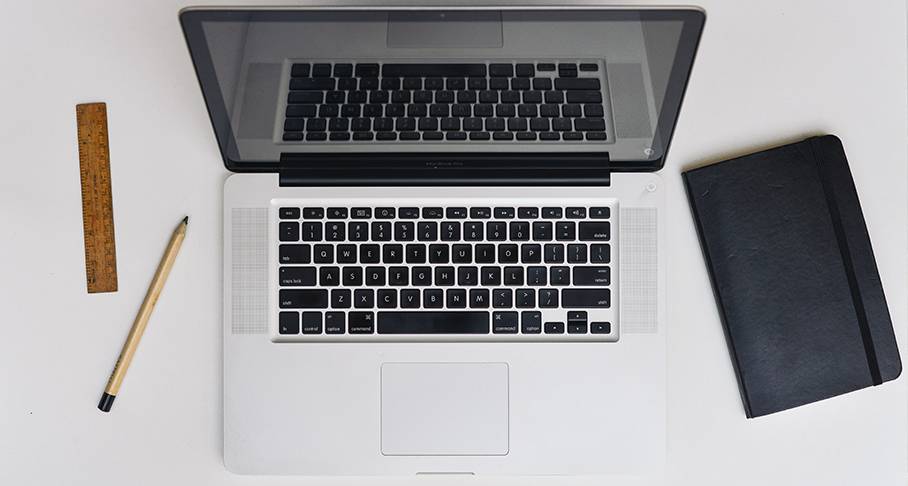
Step 3: Inspiration
Before starting work on concepts for clients, I like to create an inspiration browsing through the library of reference books and design guides. This starts creative processes and gets the brain into second gear for the next step. Furthermore, it can be useful to check online inspiration on Pinterest and Logospire. These web pages help to find out which trends are currently popular in the world of design. It is desirable to keep the logo away from trends if possible since design trends today, as everything else, come and go quickly. It is always good to concentrate on simplicity.
Step 4: Sketching
A lot of designers lately go straight for the computer and start working on concepts. I prefer to use sketching as step one in visualization and I let my imagination guide me. These are mostly rough sketches and in many cases, contain only a couple of lines. You can quickly research new ideas and new design directions because this way is much more permissive and relaxed. Some designers, of course, think the same of creating direct sketches on a computer.
Step 5: Rest!
You know that point when you can’t see the forest from the trees? That’s what usually happens with creative processes and it is sometimes important to move away from it for a couple of days. This way you can return with a fresh mind. Going back to my sketching block after several days makes me more critical towards my own sketches and ideas. Certain ideas which looked great in the beginning don’t seem so and vice versa.
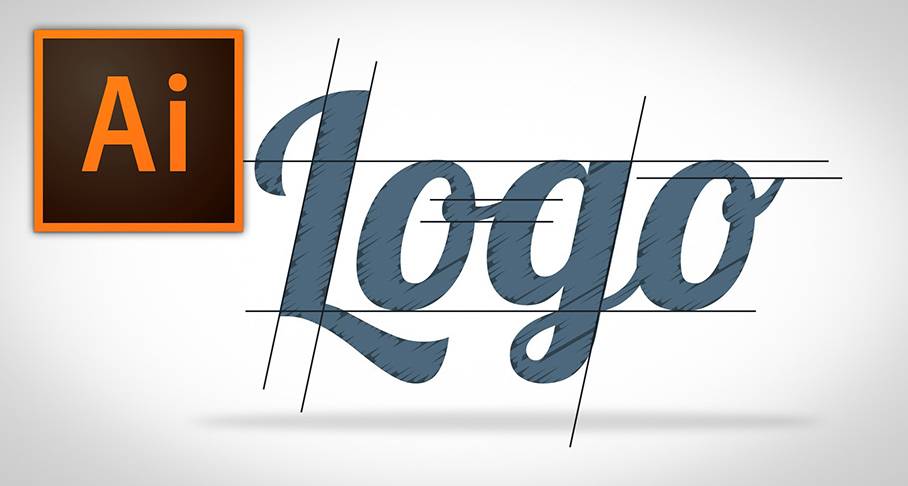
Step 6: Switching to the computer
It is time to jump over to the computer and work with Adobe Illustrator. The aim – take the best sketches and try to improve them. The idea is to narrow the potential solutions to maximum of three concepts. I always start with black. This way I can focus on the shape of the logo and it is easier to see the balance of the same. It also helps me see the whiteness around the sign which often leads to new shapes and ideas. If text is a forming part of the logo, I will not spend too much time searching for the perfect style but I will use one that is appropriate. Typography is extremely important but that can be defined in later stages of the design process.
Step 7: Colour
Colour has a deep meaning and this meaning can be positive or negative, depending on audience’s thoughts. Eg. red can reflect strength, energy, bravery and passion. However, it can also represent danger, anger and blood. This is why I leave the choice of colour for last. It is more than just finding a nice colour palette and its application on the logo. It is necessary to think it through carefully to make sure the used colours have appropriate meaning for the business sector in which we are.
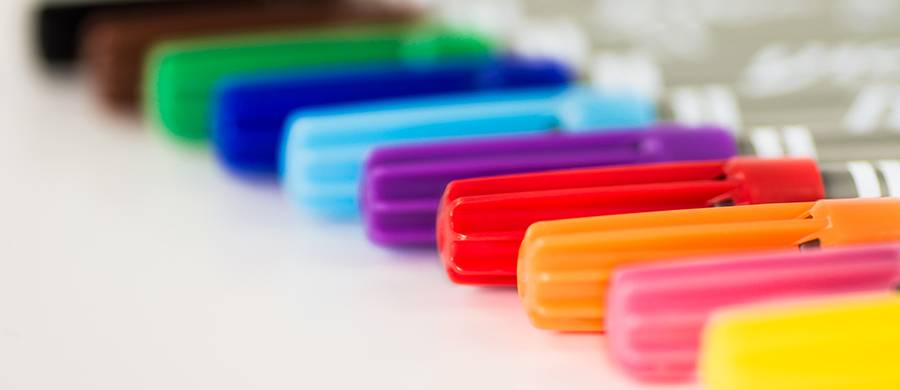
Step 8: Logo presentation
The manner in which the logo is presented can be crucial.
WOW moment for most clients arrives when they are shown the visual of their logo on paper, their official vehicles, packaging, prints for office materials and similar.
Step 9: Finalization
Logo and its laws are an important document which every designer should ensure for their client so they can use the same correctly and without loss of quality. This means that the logo should be represented with a list of all the colours and fonts which are used in the design, together with guides for gaps and dimensioning. This way the logo will always be represented consistently – no matter who creates the future design and where the logo will be used.
Long process, isn’t it?
Client often thinks about the logo very emotionally, even more than its real purpose. That is way it is not bad to include the client in the creation of the logo. However, you need to know how to explain and justify your solutions.
It is important to invest time into the process of designing a logo so the client and designers are proud of their final solution which will serve a certain brand in years to come.



